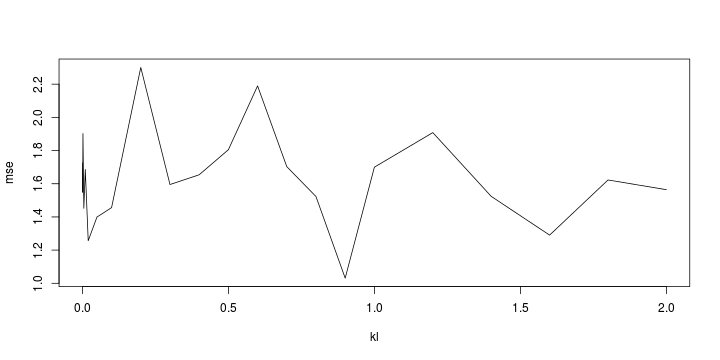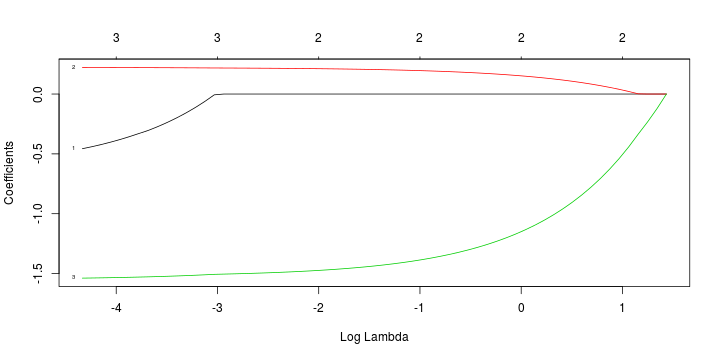##
## Attaching package: 'dplyr'
## The following objects are masked from 'package:stats':
##
## filter, lag
## The following objects are masked from 'package:base':
##
## intersect, setdiff, setequal, union
## Utilities for Start-Up Messages (version 0.9.3)
## For more information see ?"startupmsg", NEWS("startupmsg")
##
## Attaching package: 'sfsmisc'
## The following object is masked from 'package:dplyr':
##
## last
## Utilities for Sweave Together with TeX 'listings' Package (version 0.7.5)
## NOTE: Support for this package will stop soon.
## Package 'knitr' is providing the same functionality in a better way.
## Some functions from package 'base' are intentionally masked ---see SweaveListingMASK().
## Note that global options are controlled by SweaveListingoptions() ---c.f. ?"SweaveListingoptions".
## For more information see ?"SweaveListingUtils", NEWS("SweaveListingUtils")
## There is a vignette to this package; try vignette("ExampleSweaveListingUtils").
##
## Attaching package: 'SweaveListingUtils'
## The following objects are masked from 'package:base':
##
## library, require
## Object Oriented Implementation of Distributions (version 2.6)
## Attention: Arithmetics on distribution objects are understood as operations on corresponding random variables (r.v.s); see distrARITH().
## Some functions from package 'stats' are intentionally masked ---see distrMASK().
## Note that global options are controlled by distroptions() ---c.f. ?"distroptions".
## For more information see ?"distr", NEWS("distr"), as well as
## http://distr.r-forge.r-project.org/
## Package "distrDoc" provides a vignette to this package as well as to several extension packages; try vignette("distr").
## Extensions of Package 'distr' (version 2.6)
## Note: Packages "e1071", "moments", "fBasics" should be attached /before/ package "distrEx". See distrExMASK().Note: Extreme value distribution functionality has been moved to
## package "RobExtremes". See distrExMOVED().
## For more information see ?"distrEx", NEWS("distrEx"), as well as
## http://distr.r-forge.r-project.org/
## Package "distrDoc" provides a vignette to this package as well as to several related packages; try vignette("distr").
## ------------------------------------------------------------------------------
## You have loaded plyr after dplyr - this is likely to cause problems.
## If you need functions from both plyr and dplyr, please load plyr first, then dplyr:
## library(plyr); library(dplyr)
## ------------------------------------------------------------------------------
## Warning: replacing previous import by 'splines::splineDesign' when loading
## 'VGAM'
## ------------------------------------------------------------------------------
## data.table + dplyr code now lives in dtplyr.
## Please library(dtplyr)!
## ------------------------------------------------------------------------------




























































































